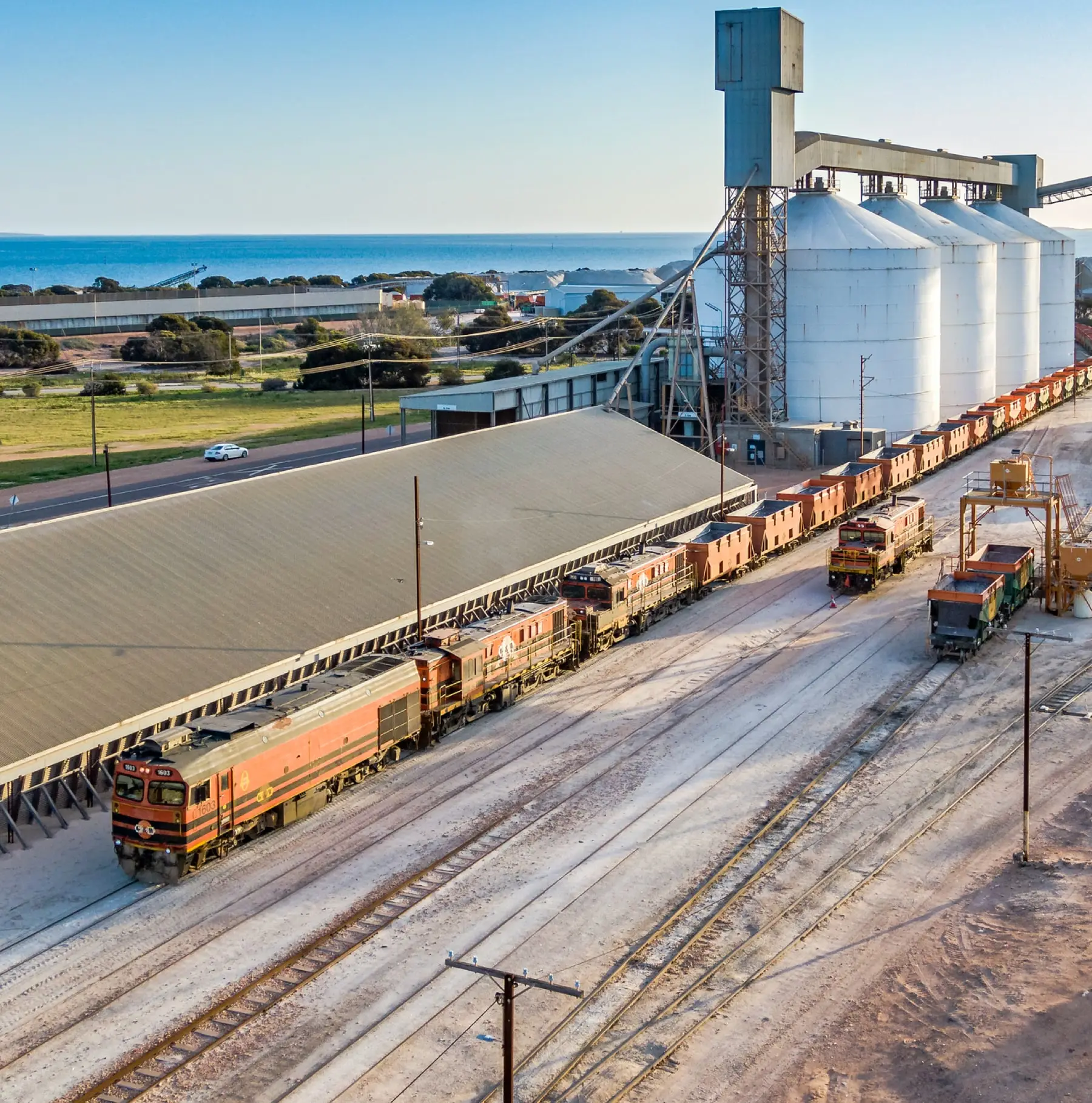The Federal Railroad Association (FRA) makes it a strong priority to know when employees are on the clock working on the movement or function of a train and when they are not. These regulations and time tracking fall into Hours of Service. In 1907 the government first set in writing the limitations on working significant hours on the railroad to promote better safety. The rules have been reconfigured over time as the industry has become more aware of the best practices for employees; the amendments to the law were carried out in 1969 and 1976. Regulations must be met within the FRA standards or railroading companies face fines and penalties. The history of these regulations is pretty interesting and surprising as we take a look back on how we got to where we are today.
Hours of Service Laws History and Evolution
A Look into 100 Years of Hours of Service

The Federal Railroad Association (FRA) makes it a strong priority to know when employees are on the clock working on the movement or function of a train and when they are not. These regulations and time tracking fall into Hours of Service. In 1907 the government first set in writing the limitations on working significant hours on the railroad to promote better safety. (1)The rules have been reconfigured over time as the industry has become more aware of the best practices for employees; the amendments to the law were carried out in 1969 and 1976. Regulations must be met within the FRA standards or railroading companies face fines and penalties. The history of these regulations is pretty interesting and surprising as we take a look back on how we got to where we are today.
The Secretary of Transportation is the chief administrator of the Hours of Service Laws (HSL), who then administered them down to the FRA Administrator(2). As we said earlier, the laws have been changed over time. In 1969, the HSL were changed to decrease the maximum number of hours of work from 16 to 14. It was only a couple of years later that it was further reduced to 12 hours. (3)Imagine working 16 hours straight on a train or assets involved in the overall movement of the train. Work exhaustion and lack of effectiveness to properly carry out job functions to the highest standards put people and freight at risk on the railroad. The unfortunate truth to these amendments and data is that the accidents still occur and there are recent studies to show the industry the effects of working too long without enough rest. Keeping proper track of tours of duty is crucial to our industry as we promote safety first and foremost.
Through studies carried out by Hursh, Raslear, Kaye and Falzone, 2006; we are able to see the work case studies on work exhaustion. Their data summed that working between the hours of midnight to 3 a.m. human caused accidents were up 20%. Furthermore they discovered the relationship between effectiveness and human factors accidents. As the percentage of effectiveness decreased, the percentage of human factored accidents increased dramatically, highlighted by the bottom score of a score of 50 or below on effectiveness led to a 65% increase in accidents(4). Those accidents counted towards multimillion dollar costs/losses. With this data in mind the FRA is constantly checking employees time tracking data. When an accident occurs the FRA will go straight to the compliance information to see if the accident was caused by human error related to hours of service violations.
Taking this small sample of information from the recent past and overlapping it with the prior laws setup at the beginning of the 20th Century, we are able to see how far we have come with HSL. As railroading companies and terminals keep track of their employees, we understand the needs for educational information not just found in 30 page research studies and lengthy government provided data. As the industry is changing with new ideas, a new generation of employees, and technologies that further enhance the rail industry it is crucial to understand the foundations of our industry to propel us to improve on the past and grow together. Please continue to follow along with us as we further investigate Hours of Service in our weekly blog posts.
For more information on Railroad Software and our Compliance Software for Hours of Service, TrackHOS,
visit: https://www.railroadsoftware.com/railroad-hours-of-service-software
(1) See Public Law 59-274, 34 Stat. 1415 (1907) Coded as 49 U.S.C. 21101 et seq.
(2) See 49 U.S.C 103(a)(c) and 49 U.S.C 103(c);49 CFR 1.499(d)
(3) Federal Register:: Hours of Service of Railroad Employees https://www.federalregister.gov/documents/2009/05/27/E9-12059/hours-of-service-of-railroad-employees-amended-recordkeeping-and-reporting-regulations
(4) The Railroad Fatigue Risk Management Program at the Federal Railroad Administration: Past, Present and Future

